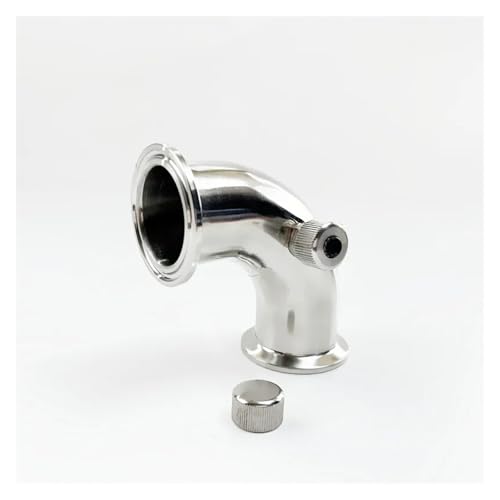Hey there.
As per the title, I'm brewing my first lager - a BotW Dark Munich Lager.
It's in an FV fitted with an airlock.
It's at 14degrees. (a Brewferm yeast with a temp range of 12 -15 degrees.)
The yeast went in at 7:42 last night. now 10:12am.
Am I being impatient, or should I expect to see activity in the airlock yet?
Or anyone have some basic advice for a lager yeast?
Thanks,
John.
As per the title, I'm brewing my first lager - a BotW Dark Munich Lager.
It's in an FV fitted with an airlock.
It's at 14degrees. (a Brewferm yeast with a temp range of 12 -15 degrees.)
The yeast went in at 7:42 last night. now 10:12am.
Am I being impatient, or should I expect to see activity in the airlock yet?
Or anyone have some basic advice for a lager yeast?
Thanks,
John.







![BREWING THERMOMETER STICKERS ACCURATELY MONITOR FERMENTING BEER & WINE LIQUID TEMPERATURES 5PCS HOME BREW SPIRITS WINE LCD ADHESIVE [US]](https://m.media-amazon.com/images/I/311DDjo2X3L._SL500_.jpg)
































